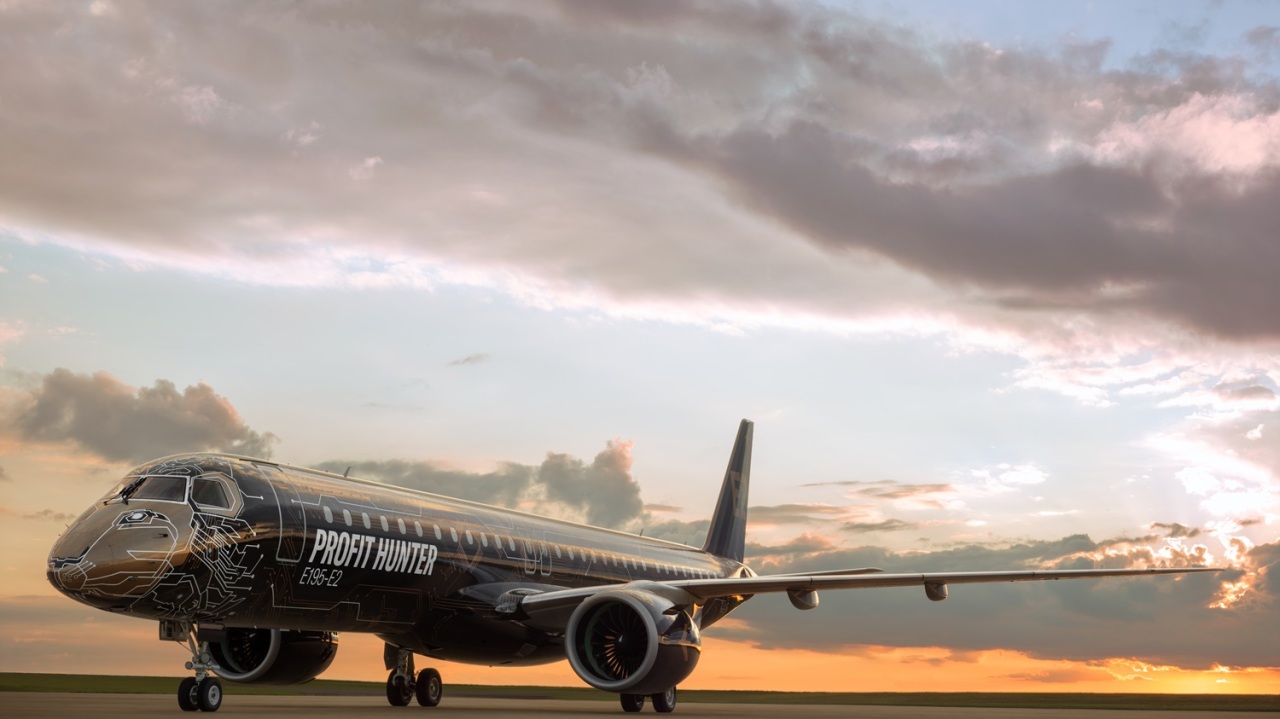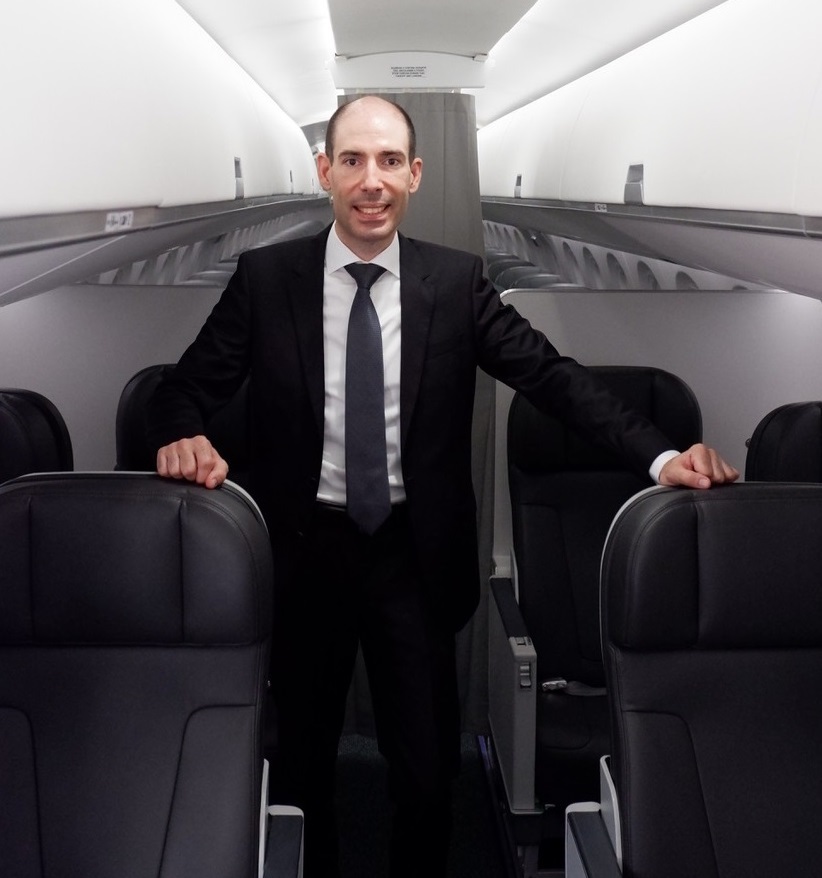Amid the expanding market size of budget airlines following the South Korean government’s approval of three additional low-cost carriers earlier this year, they have become the most-preferred travel option for Koreans due to their low costs and widespread connectivity.
Competition among LCCs is growing intense, with more air carriers stretching their services by introducing larger, long-haul aircrafts as well as premium seats such as Jeju Air’s “New Class.”
But according to Adam Young, the Asia-Pacific marketing director for Brazilian aircraft manufacturer Embraer, the business models of the current operators have inherent risks.
“There is a growing opportunity we see for smaller aircrafts. Expansion with larger long-haul aircraft may seem glamorous, but by expanding with smaller aircrafts, LCCs can lower their risks and attain sustainable growth. They can grow the passengers’ desire for more frequent, nonstop services to more than just the major destinations,” Young said in an interview with The Korea Herald on July 15. He was in Seoul as part of Embraer’s global demonstration tour to showcase its newest E195-E2.
 |
Embraer’s E195-E2 (Embraer) |
Embraer, with almost 50 years of history as a commercial jet manufacturer, is the third-largest aircraft manufacturer after Boeing and Airbus. Its E-Jet family is a series of narrow-body aircraft with a capacity between 70 to 130 seats.
As of July, Embraer has received more than 1,800 orders and 1,500 planes have been delivered to major clients in 50 countries such as United Airlines, Air France, KLM and China Southern Airlines to name a few.
According to him, Embarer’s smaller, right-sized aircraft can offer solutions to the country’s congestion at its primary gateway, Incheon International Airport.
 |
Adam Young, Embraer’s Asia-Pacific marketing director (Embraer) |
“Our vision, is to provide carriers an aircraft that is the right size to allow high frequency direct international services from provincial airports, giving passengers the choice to save time by avoid the congestion of connecting through Seoul,” he said.
Currently, Korea has 14 lightly used provincial airports in cities like Muan, Daegu and Cheongju. The number of passengers flying out from these airports has been steadily increasing -- an accumulated 42 million passengers from January to June -- following newly added international flights by LCCs, as well as due to advantages such as flight distance, cheaper fares and spacious parking lots at the airports.
In 2016, Embraer’s first commercial aircraft began operating in Korea with a total of four 50-seat ERJ145s in service by Korea Express Air, a small air carrier that operates the majority of its flights from YangYang International Airport in Gangwon Province.
Young said its latest E195-E2, which can seat two classes with 120 people or a single class up to 146 people, is ideal for nurturing international and domestic connectivity to provincial airports and drive passenger traffic in a sustainable way.
When air carriers fly aircraft with more than 180 seats, LCCs departing from provincial airports will see low passenger traffic since they sometimes fly less than three flights per week, hardly providing a “realistic and compelling alternative to Incheon,” according to Young.
“Unlike most other jet aircraft with larger capacity, the E195-E2 will enable airlines to lower risks in operating international routes departing from Korean provincial airports with less pressure to fill seats,” he said.
By Kim Da-sol (
ddd@heraldcorp.com)







![[Exclusive] Hyundai Mobis eyes closer ties with BYD](http://res.heraldm.com/phpwas/restmb_idxmake.php?idx=644&simg=/content/image/2024/11/25/20241125050044_0.jpg)
![[Herald Interview] 'Trump will use tariffs as first line of defense for American manufacturing'](http://res.heraldm.com/phpwas/restmb_idxmake.php?idx=644&simg=/content/image/2024/11/26/20241126050017_0.jpg)
![[Herald Review] 'Gangnam B-Side' combines social realism with masterful suspense, performance](http://res.heraldm.com/phpwas/restmb_idxmake.php?idx=644&simg=/content/image/2024/11/25/20241125050072_0.jpg)